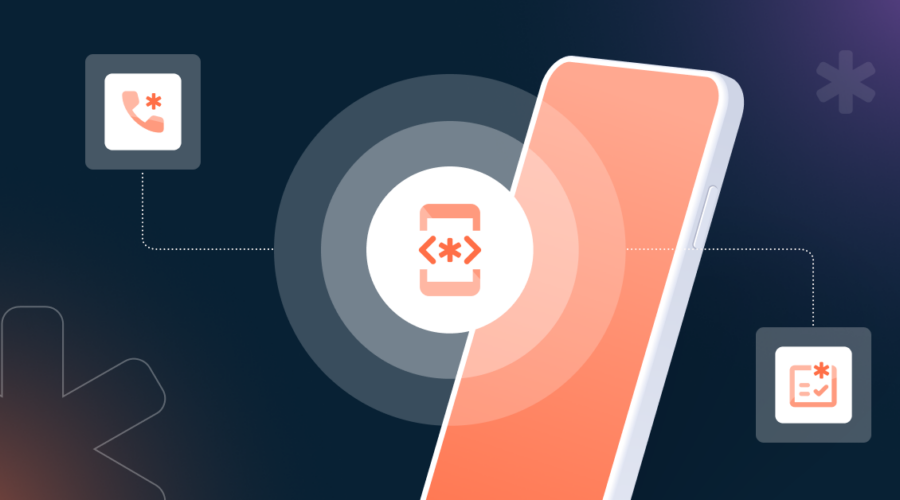In the world of 911, it’s very important to stay up to date on the latest technologies, and Voice over Internet Protocol (VoIP) continues to grow rapidly.
As VoIP services are inherently nomadic and becoming more mobile-driven, effectively delivering emergency 911 can be challenging. In particular, the challenge of what location the call originated from and delivering that location information to the correct Public Safety Answering Point (PSAP) can be difficult.
Every second counts in an emergency situation. So businesses need to be able to abide by the law to ensure end-users receive help when it matters most.
How 911 works
911 is a well-established uniform number to call for emergency support. Calling 911 services provides users quick and easy access to a PSAP, which are call centers responsible for answering emergency calls to help dispatch emergency responders. 911 calls also allow the PSAP to recognize a caller’s location through a display of the caller’s phone number and address.
Communications technology is advancing in the marketplace, including the area of 911, allowing for more accurate and detailed information to be utilized in emergencies. So, as VoIP services continue to evolve and grow, what does this mean for businesses as they’re migrating their telephony to VoIP?
Moving to VoIP? Understand the 911 rules
If you are considering moving to VoIP, or are fairly new to VoIP, you need to understand the requirements and how critical 911 call routing is.
The FCC requires that carriers and interconnected VoIP (IVoIP) providers must meet industry 911 standards. This includes systems that automatically provide a call-back number and accurate emergency location information. Since 911 is a mandatory service feature for IVoIP service providers, you’ll want to choose a partner that supports all the tools necessary to make it easy to meet changing regulations.
How 911 over VoIP works with Bandwidth
When you dial 911 from a VoIP phone, your call is automatically routed to a PSAP, which will then dispatch a local emergency responder to the address you have most recently registered as your location. Even though the registered address is automatically presented, callers will always want to be prepared to validate their name, location, and contact information.
Beyond traditional IVoIP services, new VoIP calling services are being developed that are even more mobile in nature. As a result, Bandwidth has developed a service called Dynamic Location Routing, which features the latest Internet Protocol standard PIDF-LO (Presence Information Data Format-Location Object).
Dynamic Location Routing is principally designed to support enterprises that may face call location challenges associated with large or multi-tenant addresses such as high rises or large campuses. Whether using a mobile IP device or IP devices anchored to the cloud, emergency responders will be given the most accurate, current location information available when emergency callers need them.
The future of E911 and VoIP calling
While the national 911 system is decades old, new technologies to meet the needs of our increasingly mobile population are being deployed. As more users access 911 through IP-enabled mobile devices and are growing to expect imagery, audio, and video within these technologies, providers need to be ready.
One new development in the 911 ecosystem is the development and deployment of Next Generation 911. Next Gen 911 is designed to capture the promises of IP networks and eventually replace traditional telecommunications emergency service networks. As state and local authorities roll-out Next Gen 911, you’ll want to be sure your 911 provider is Next Gen ready with the latest IP-based emergency capabilities.
Get started with 911
Prepare for emergency calling over VoIP with Bandwidth’s regulatory experts.




